Mechanical storm before the Tour de France
Gallery: Pro mechanics work feverishly to assemble new and refurbished bikes for 2015 Tour
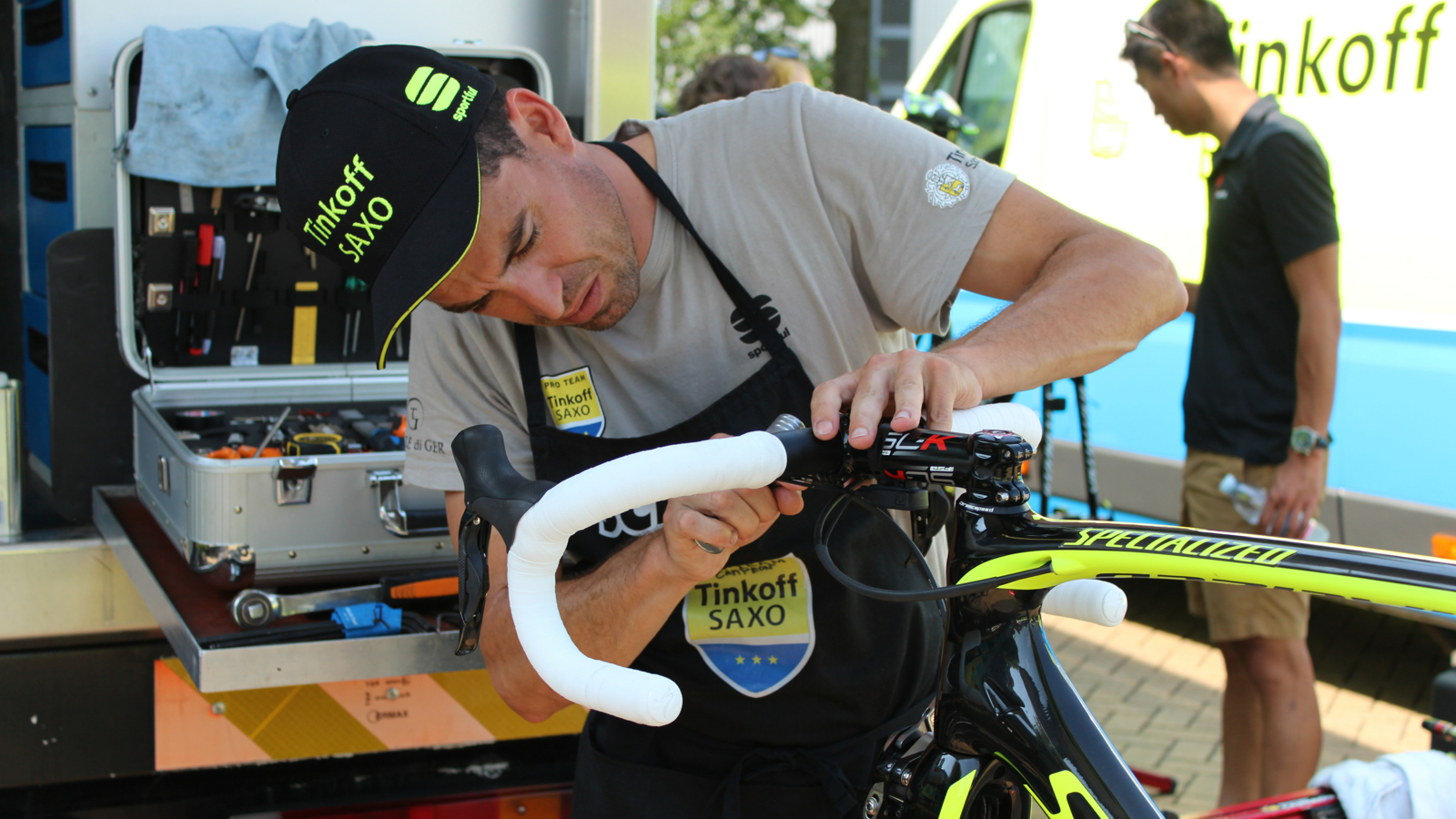
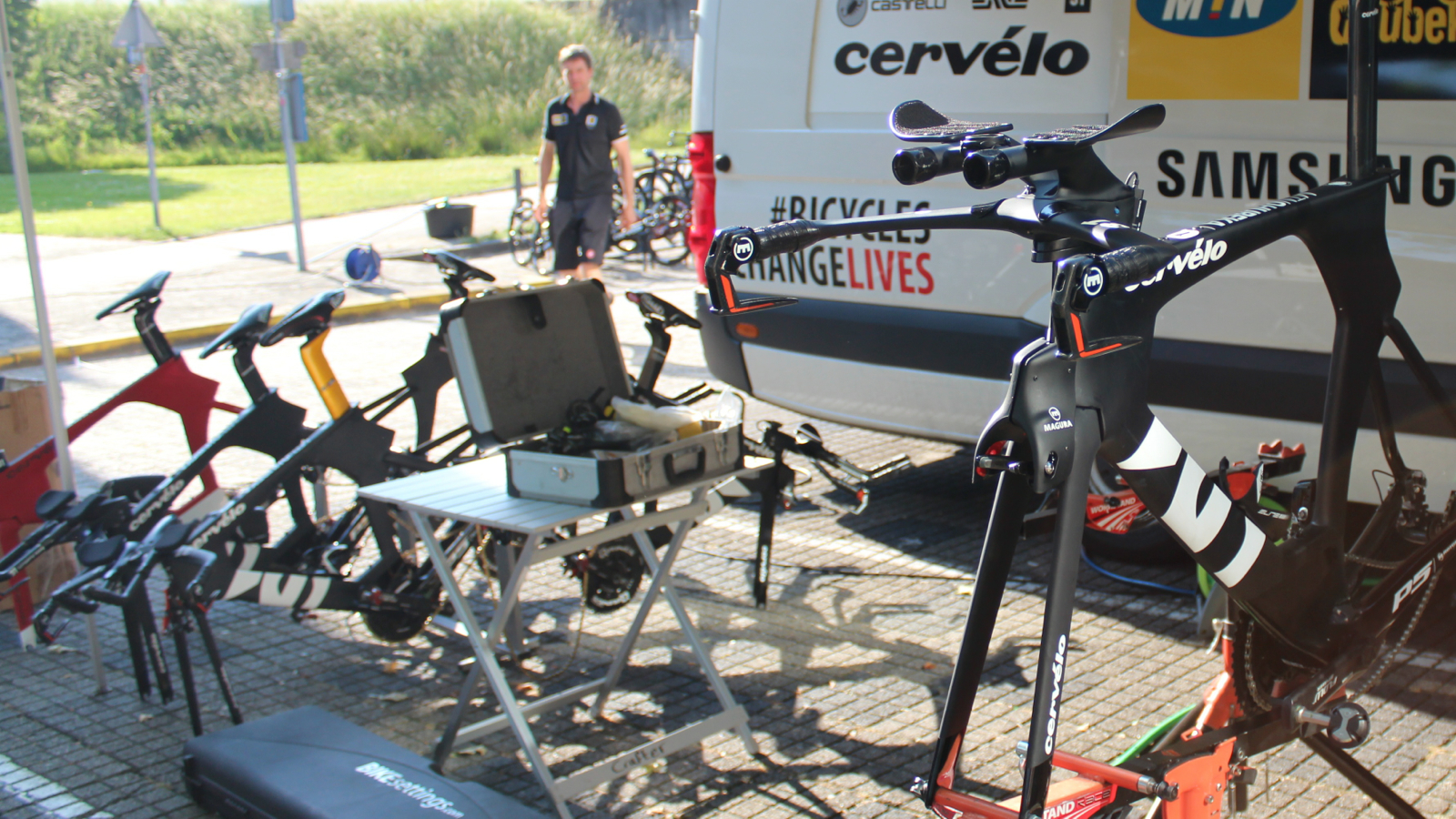
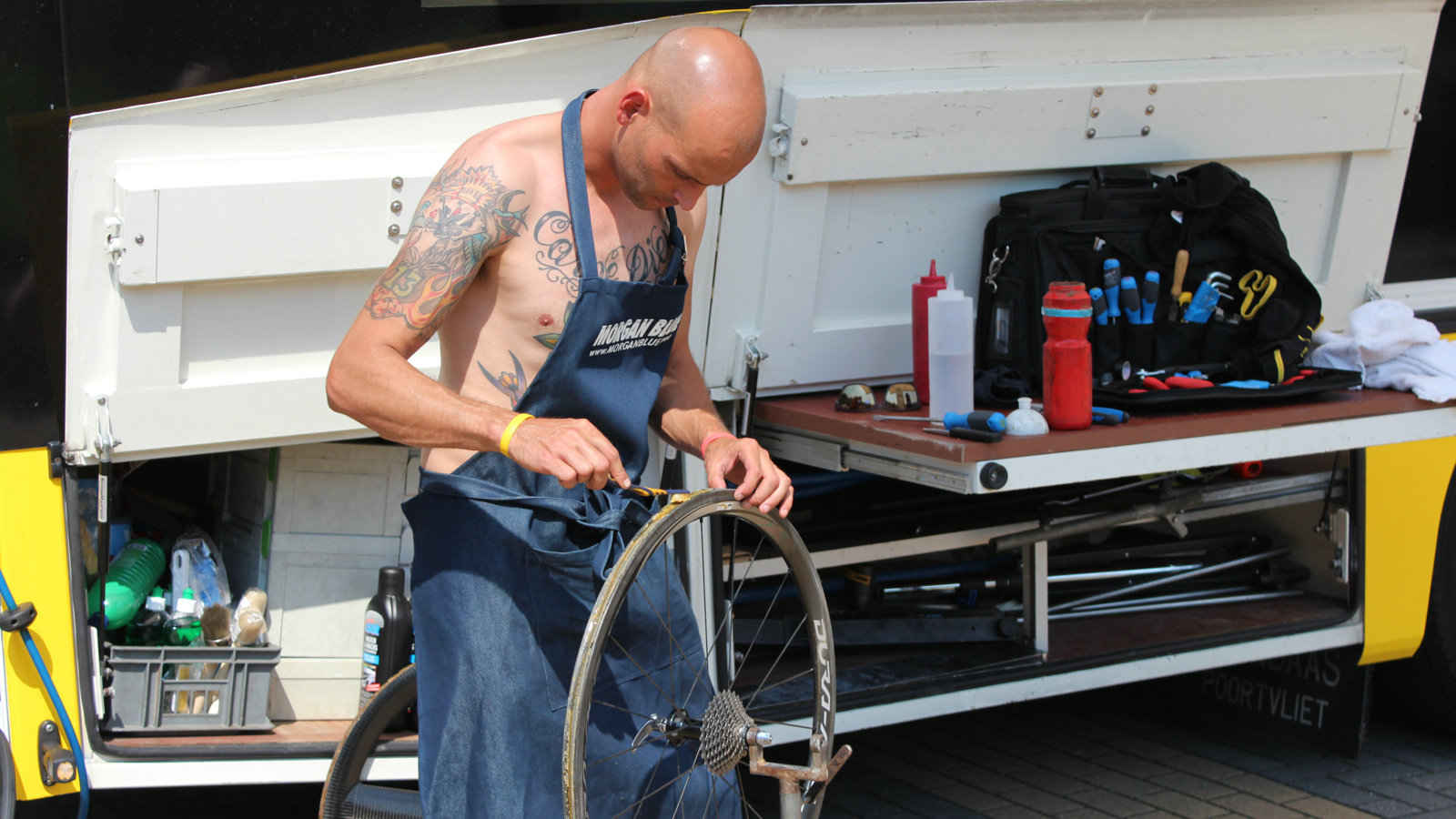
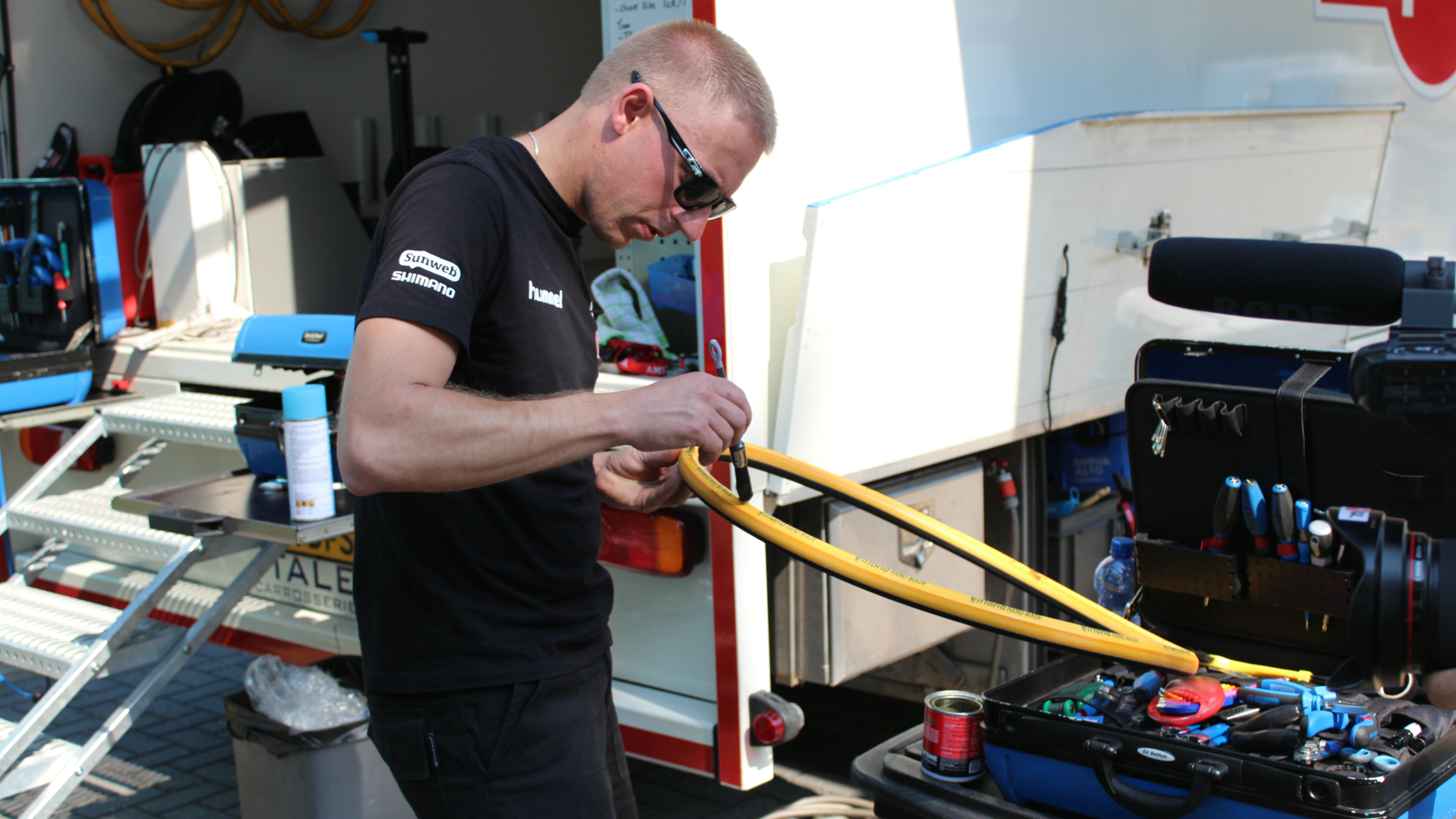
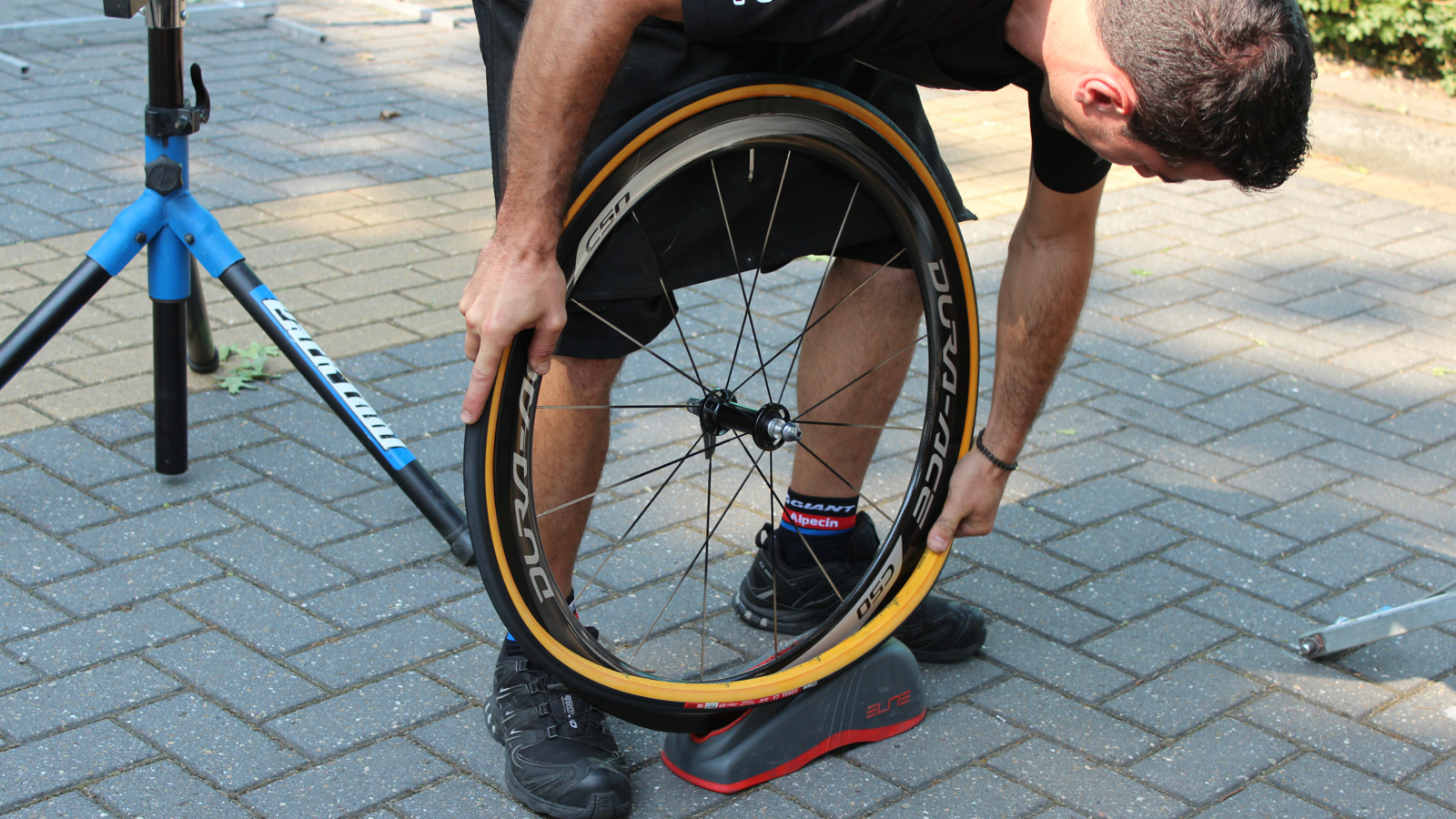
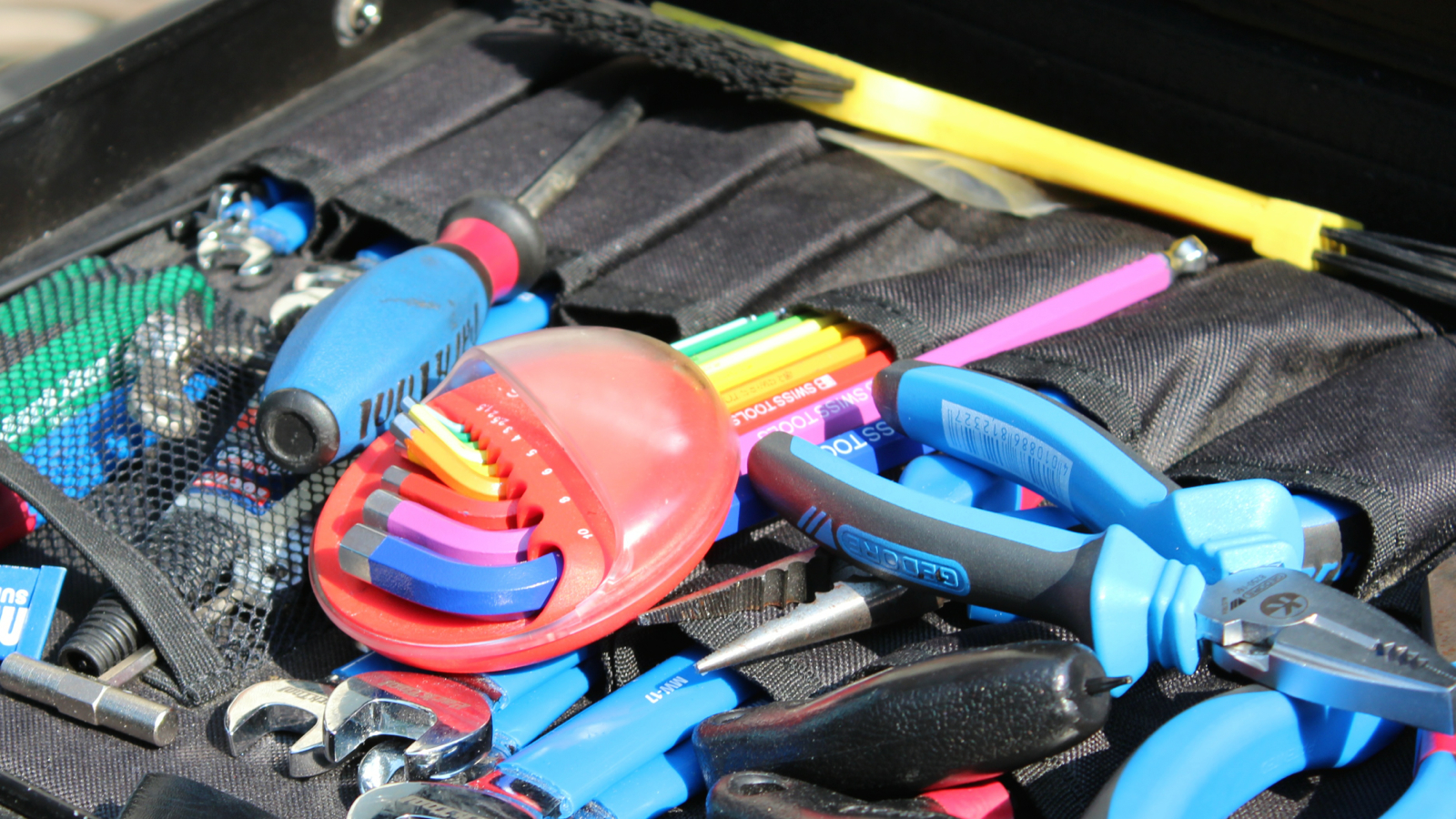
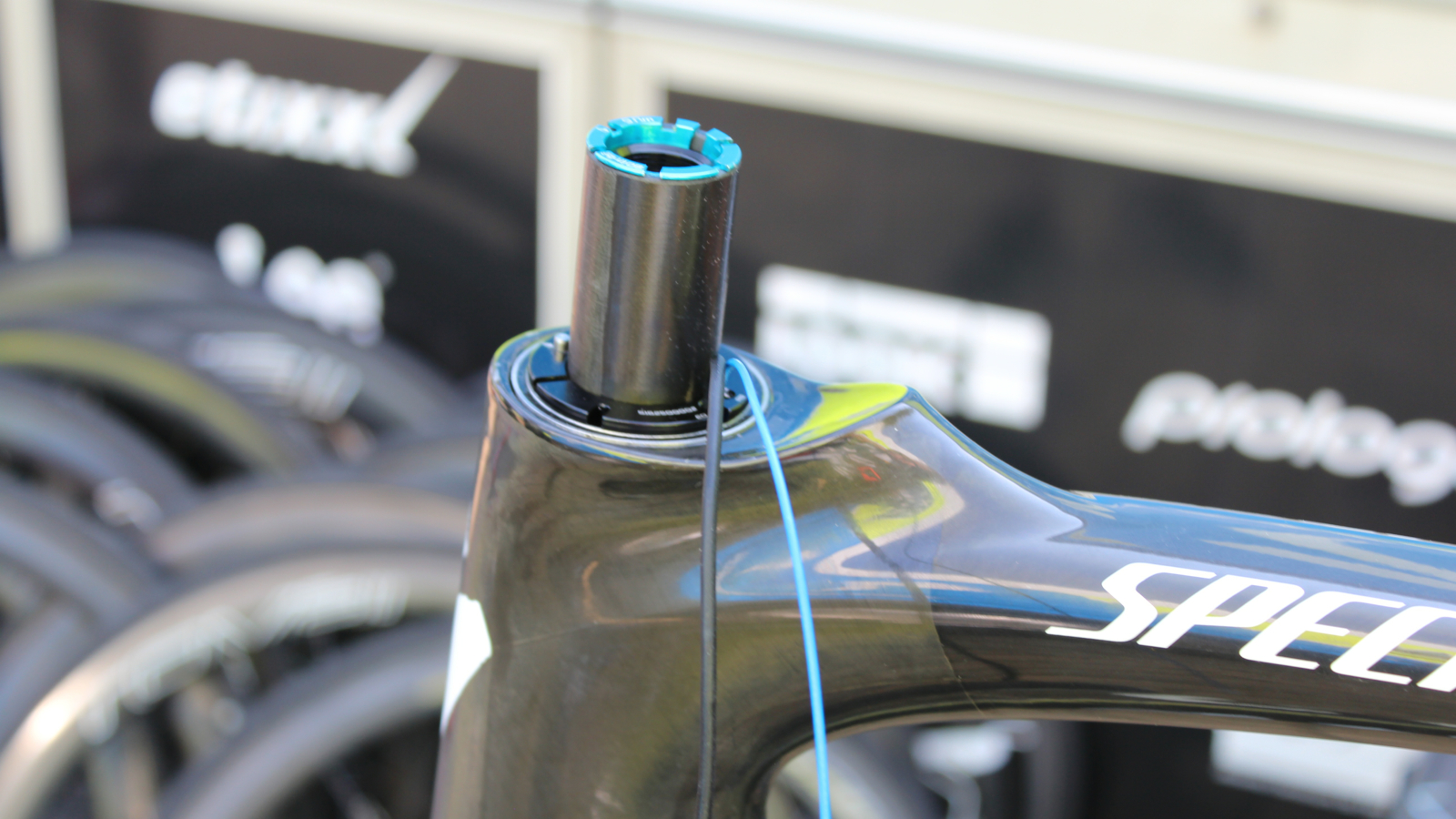
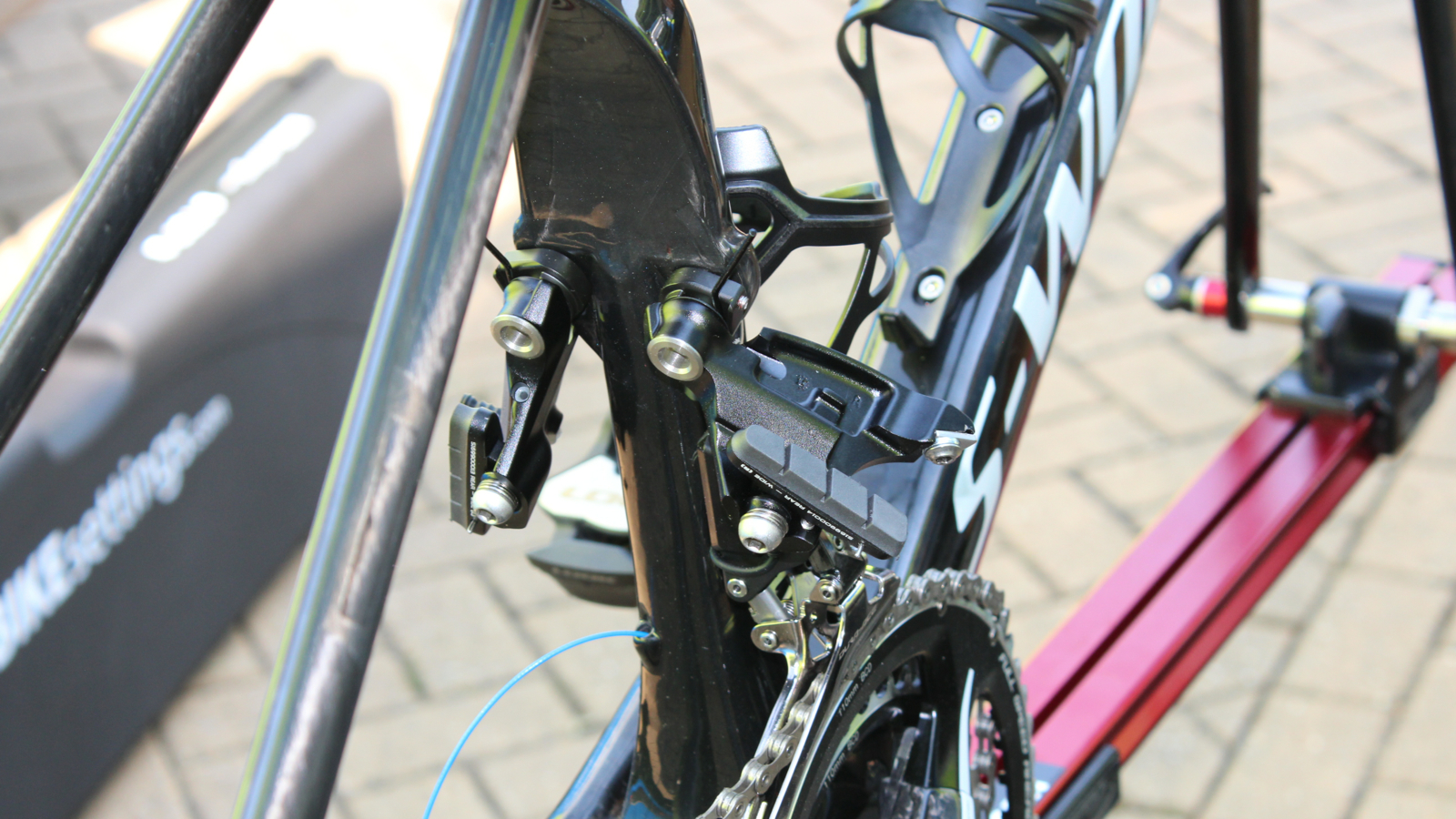
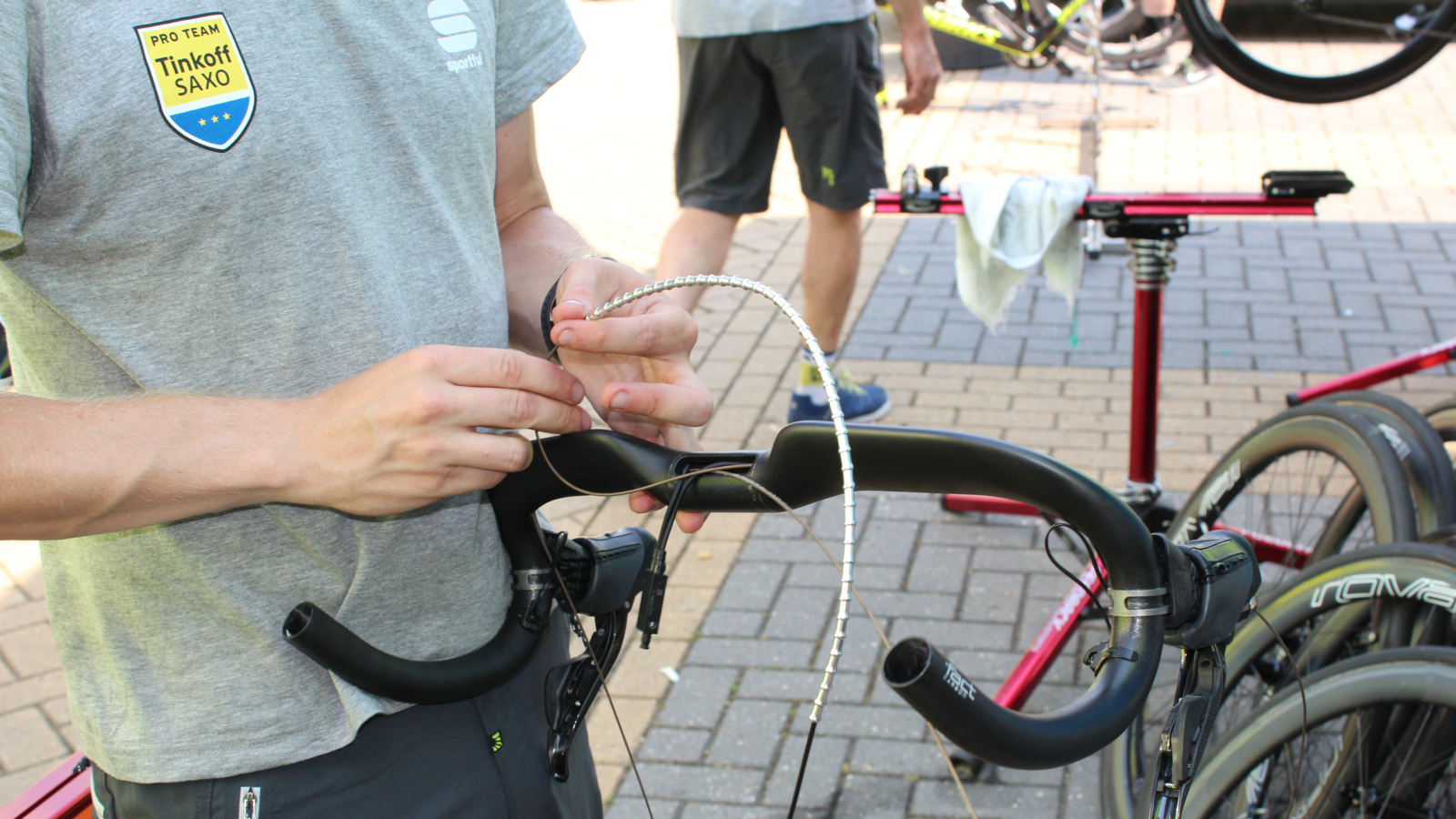
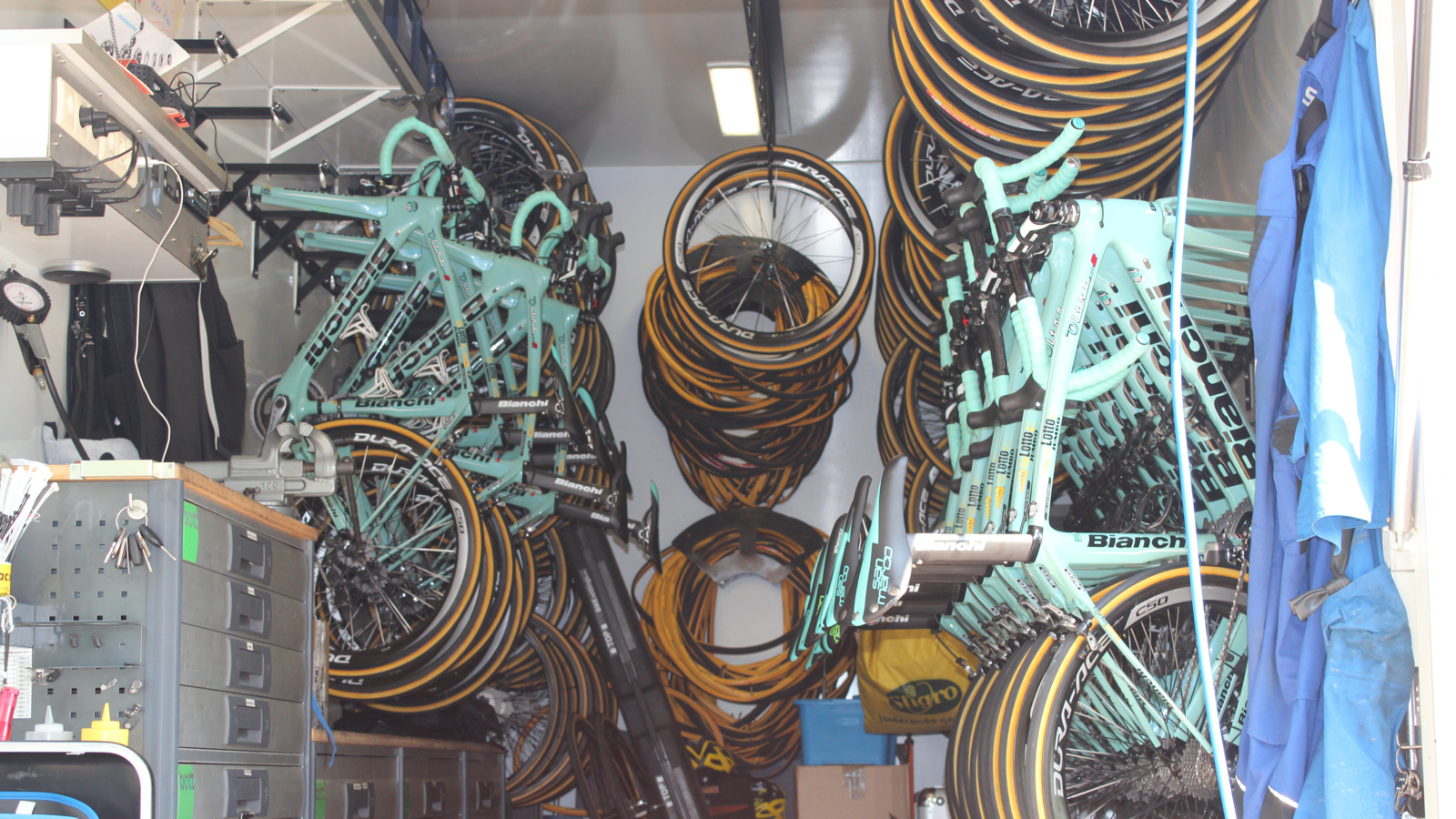
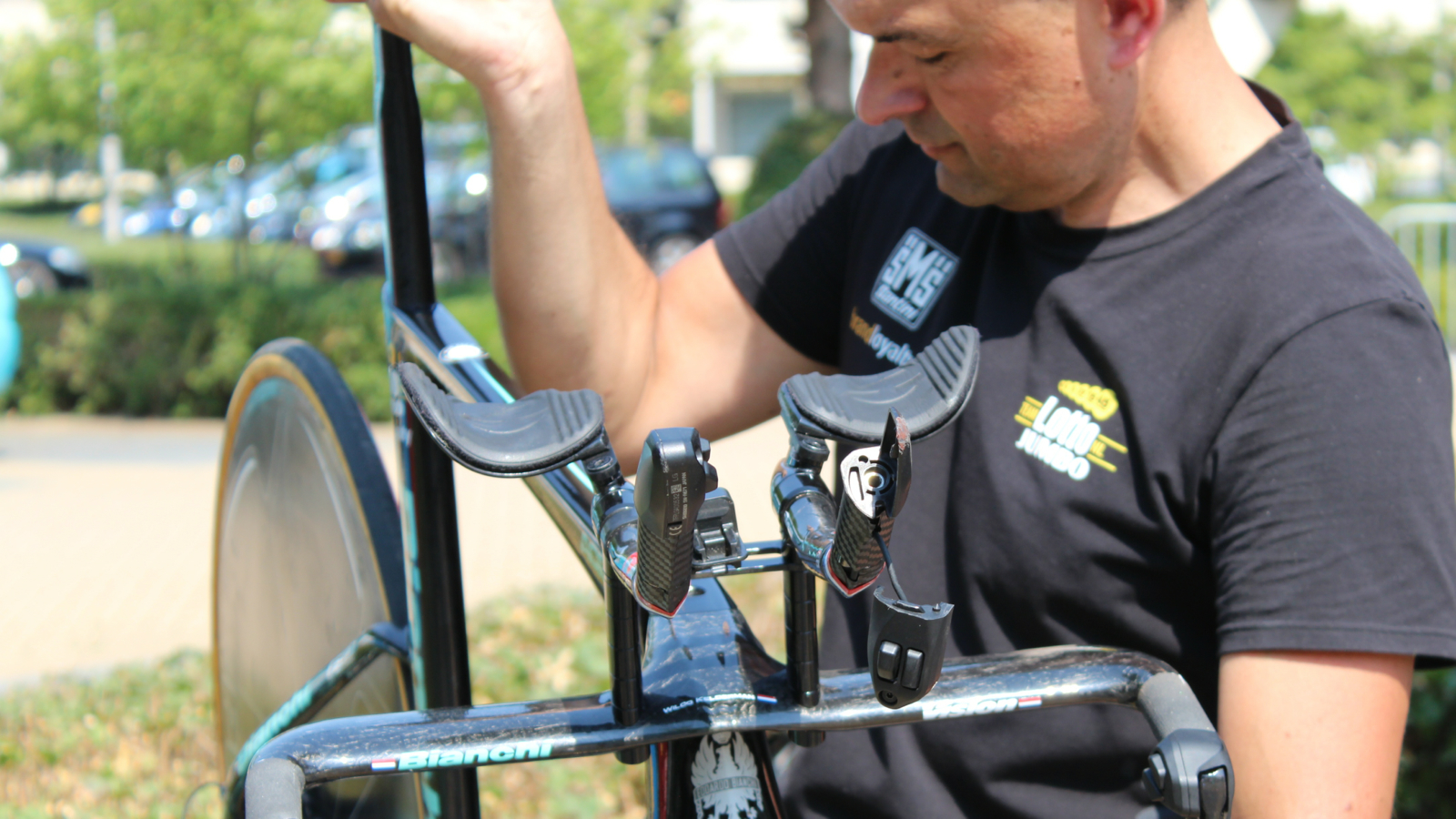
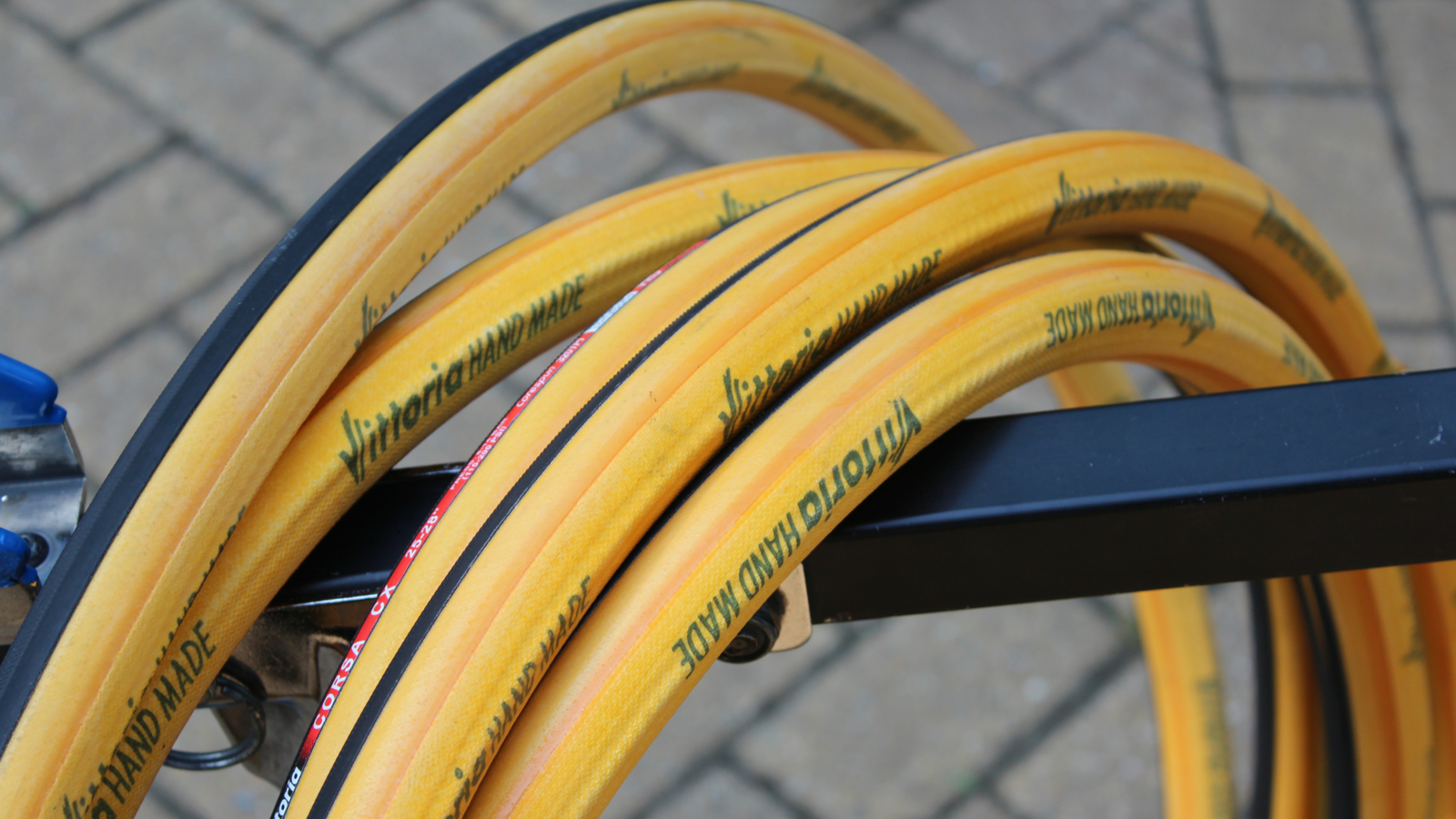
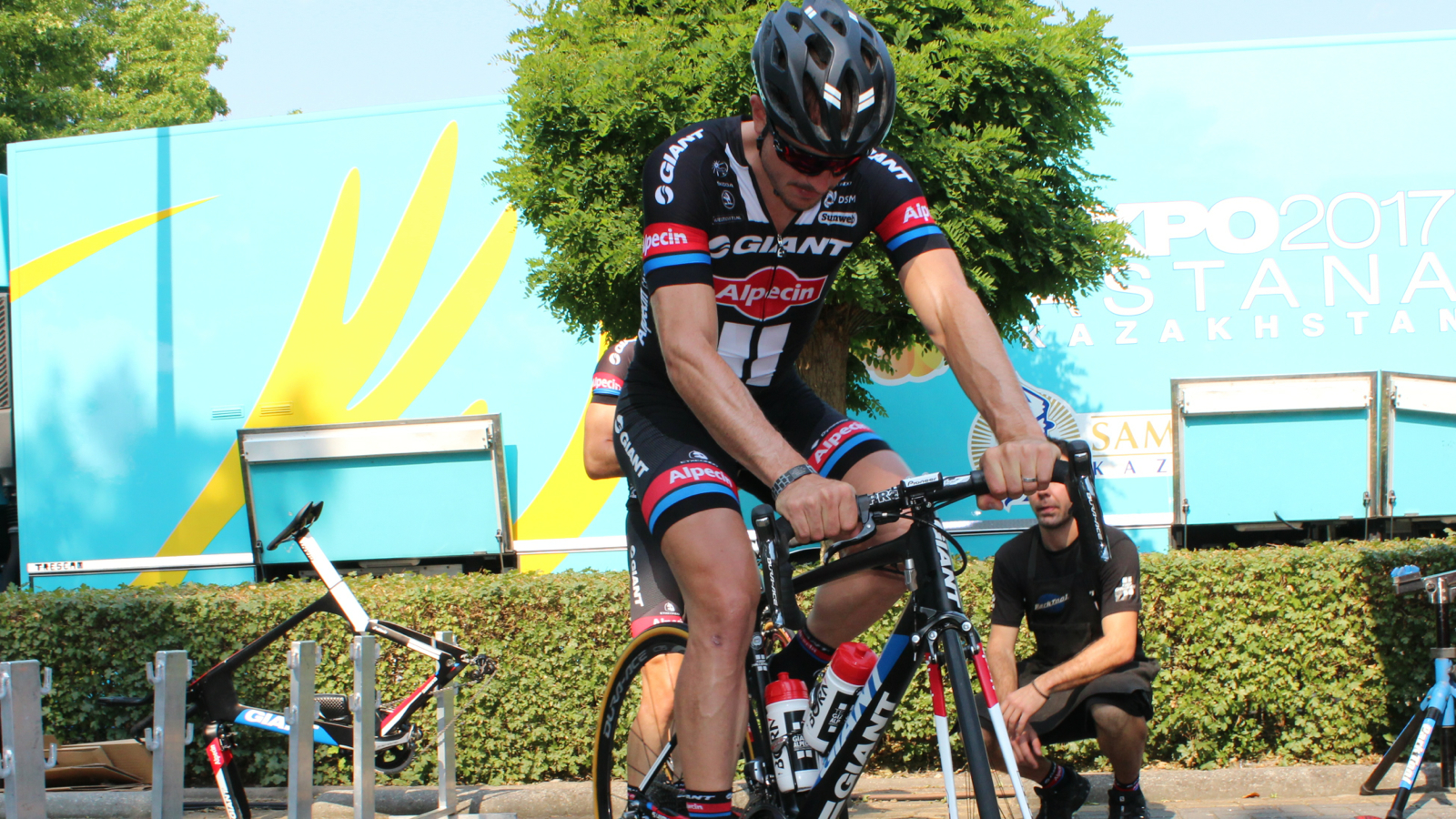
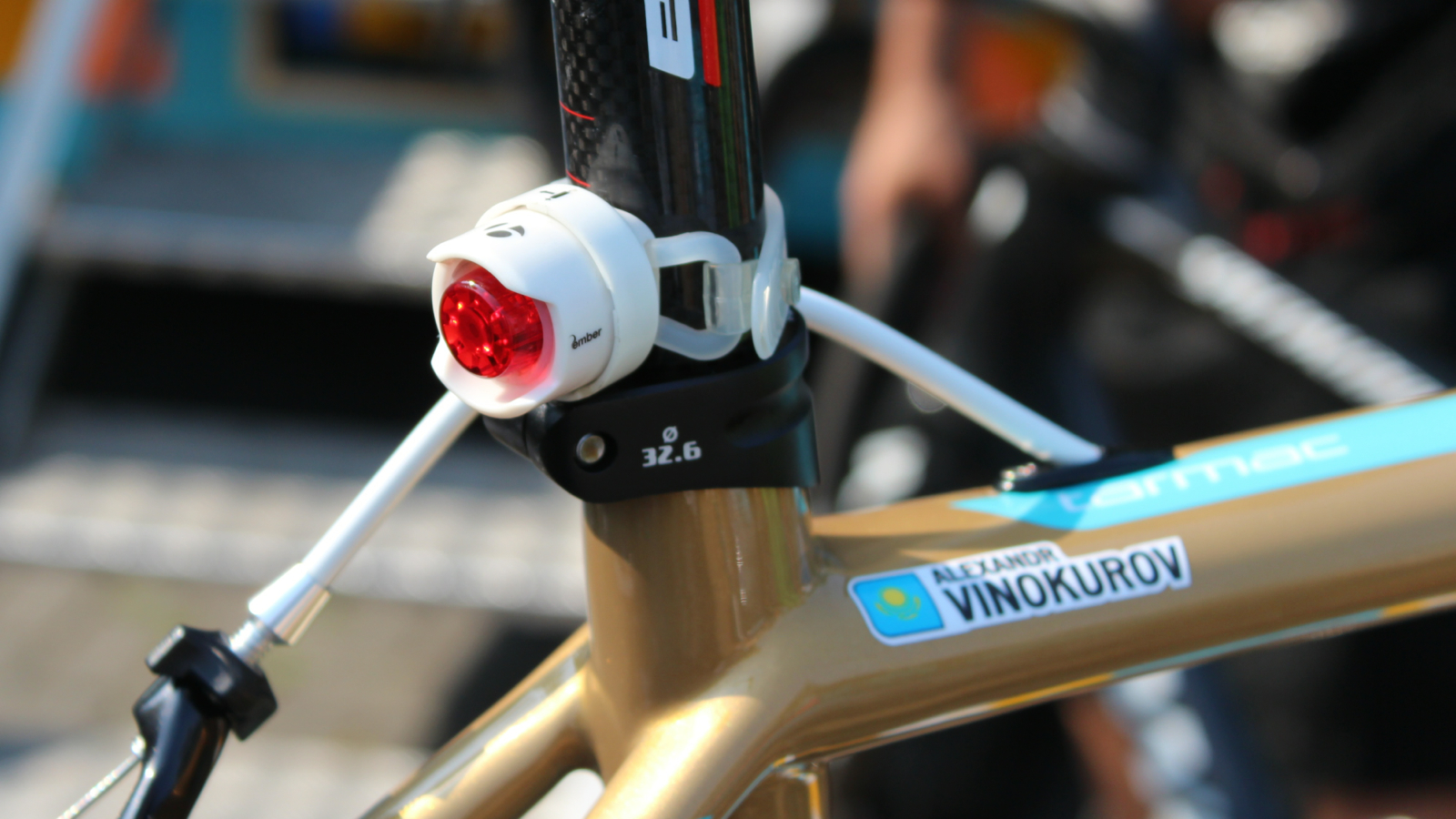
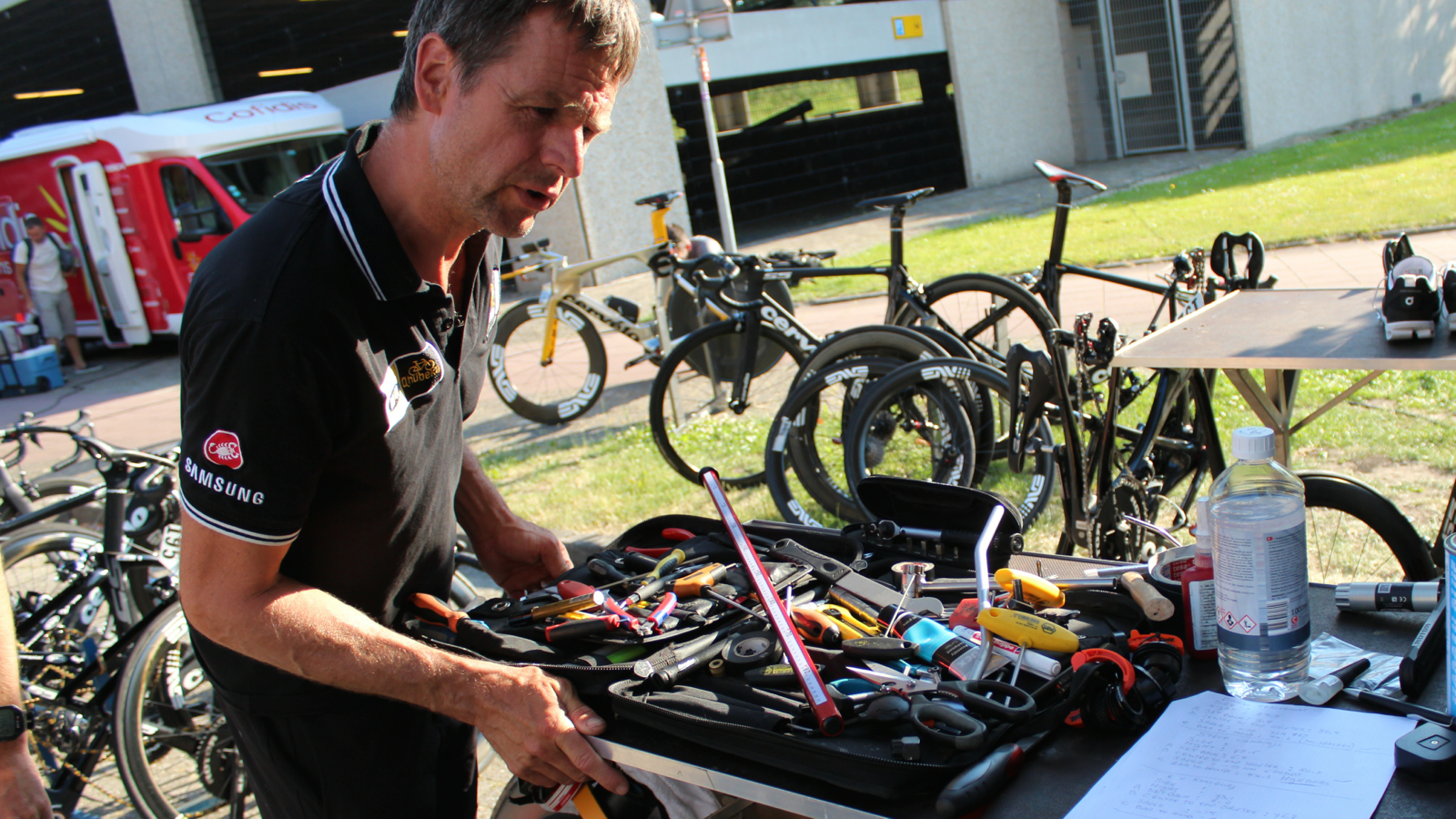
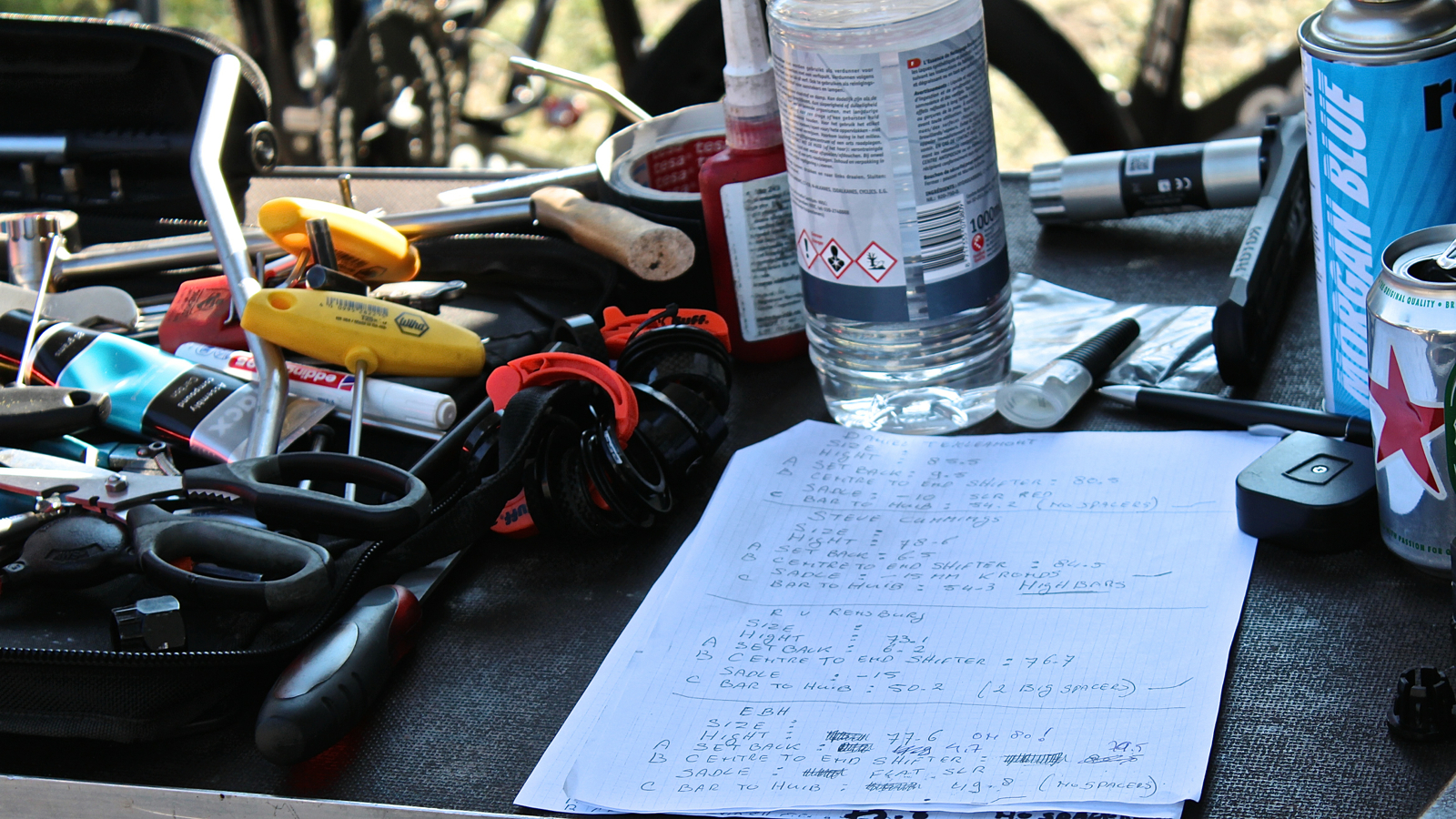
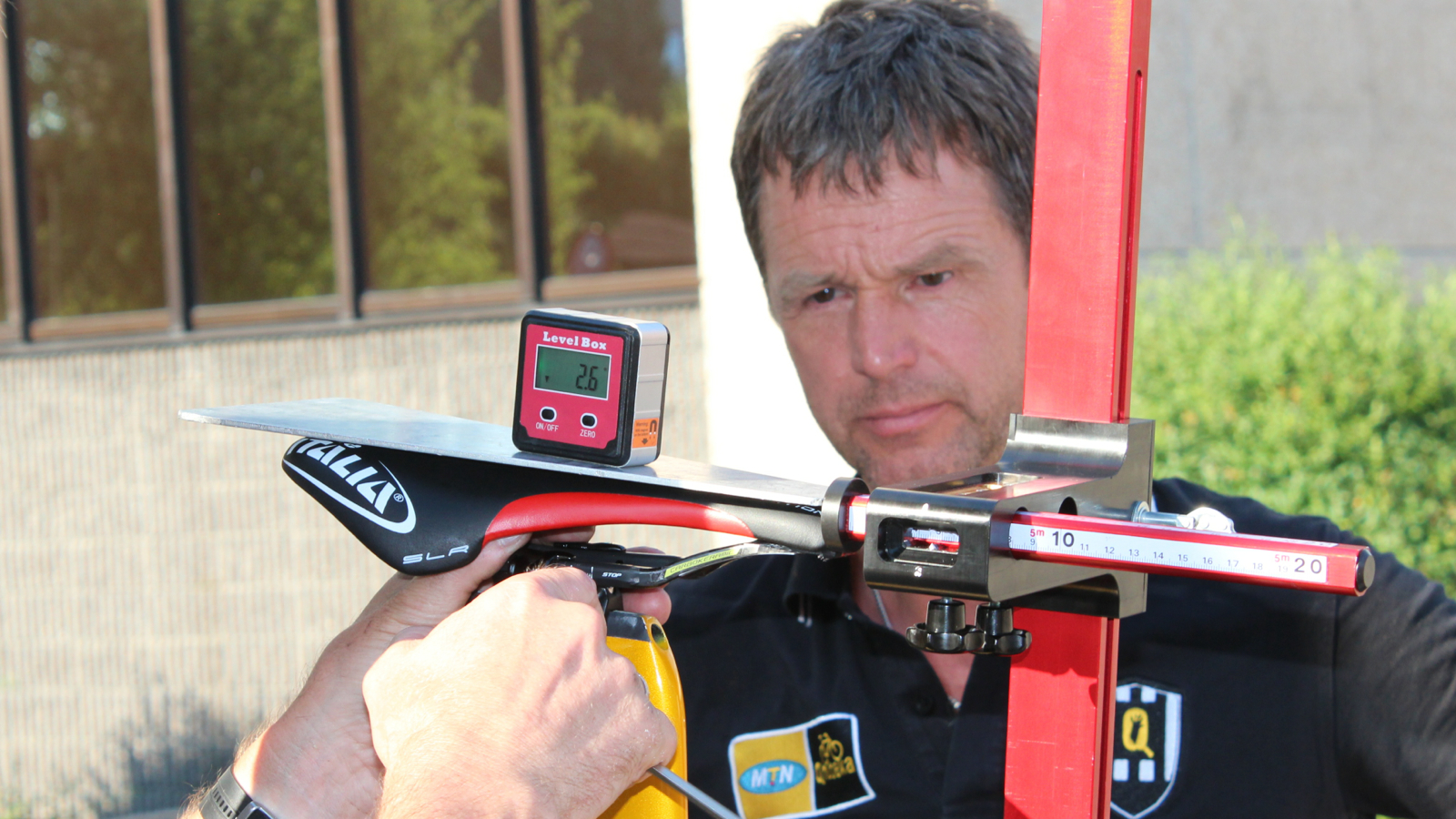
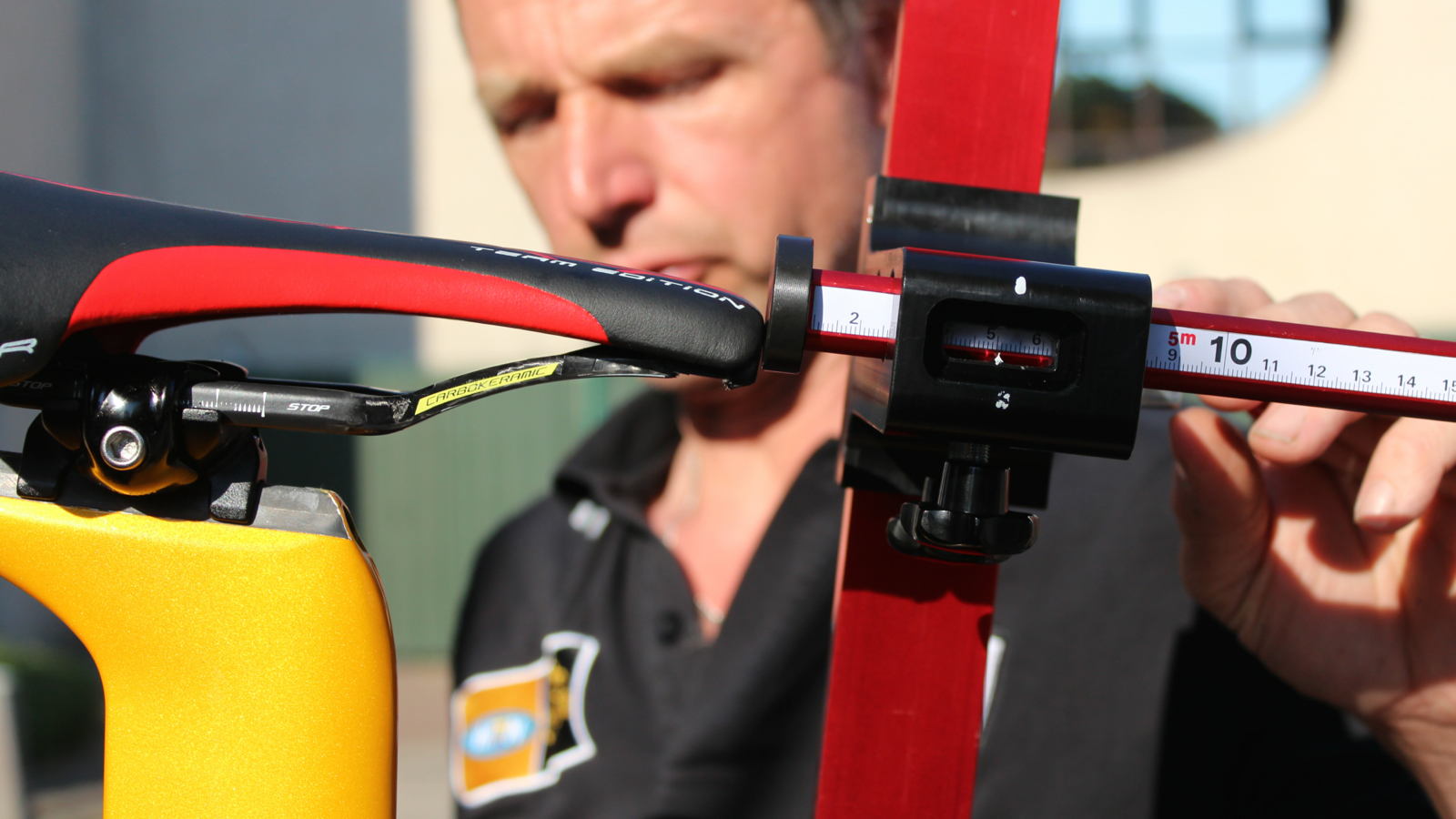
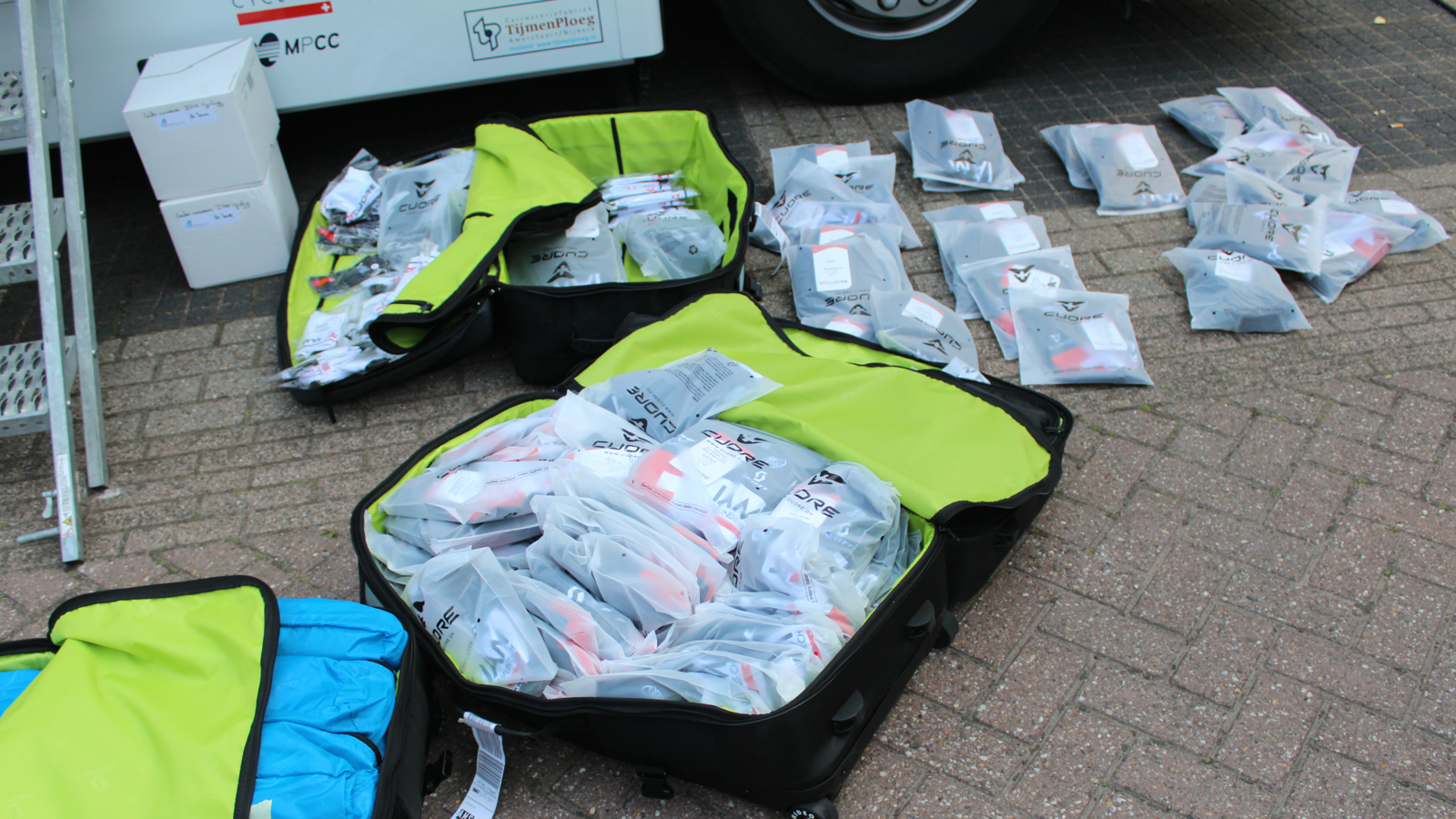
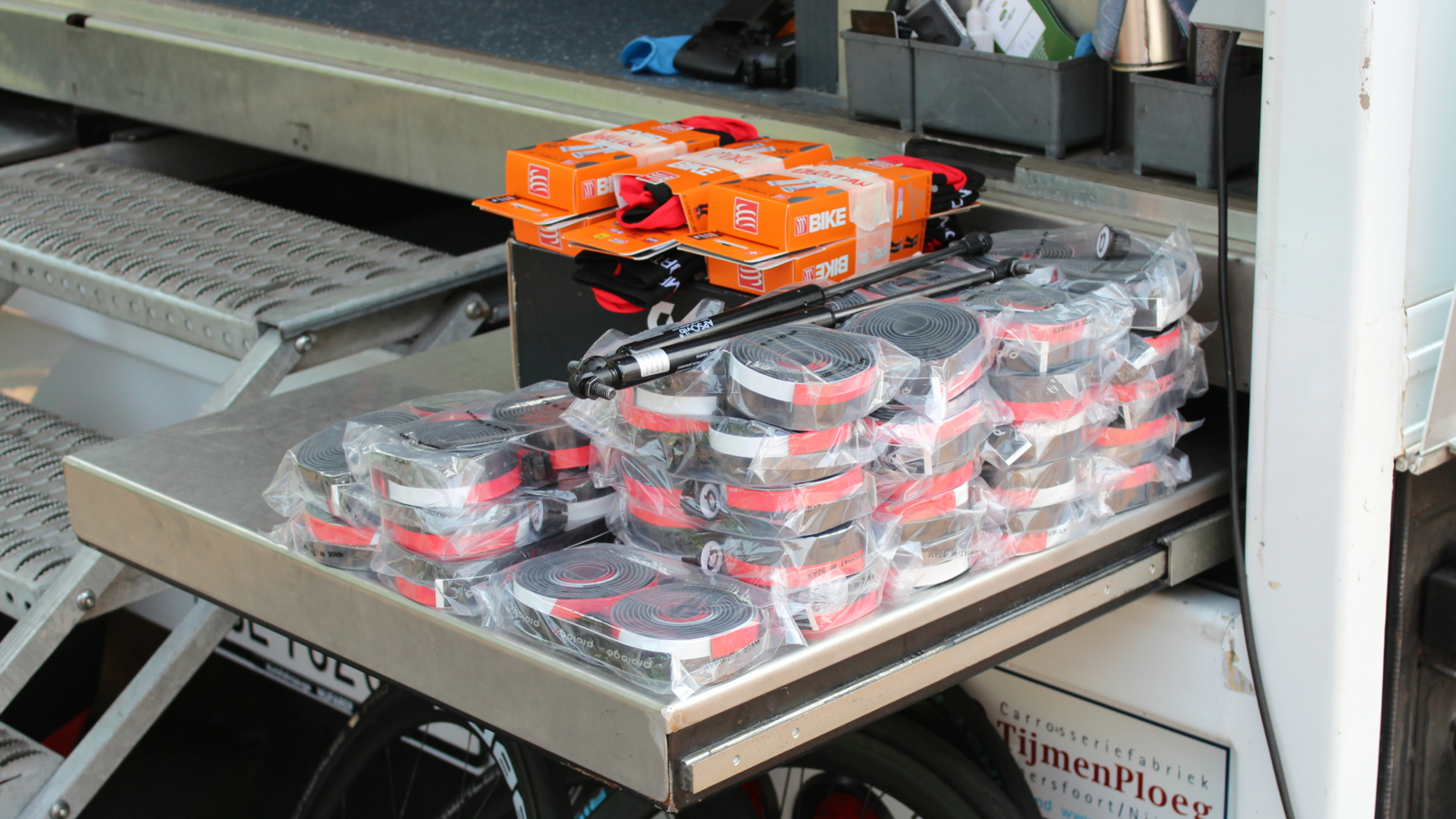
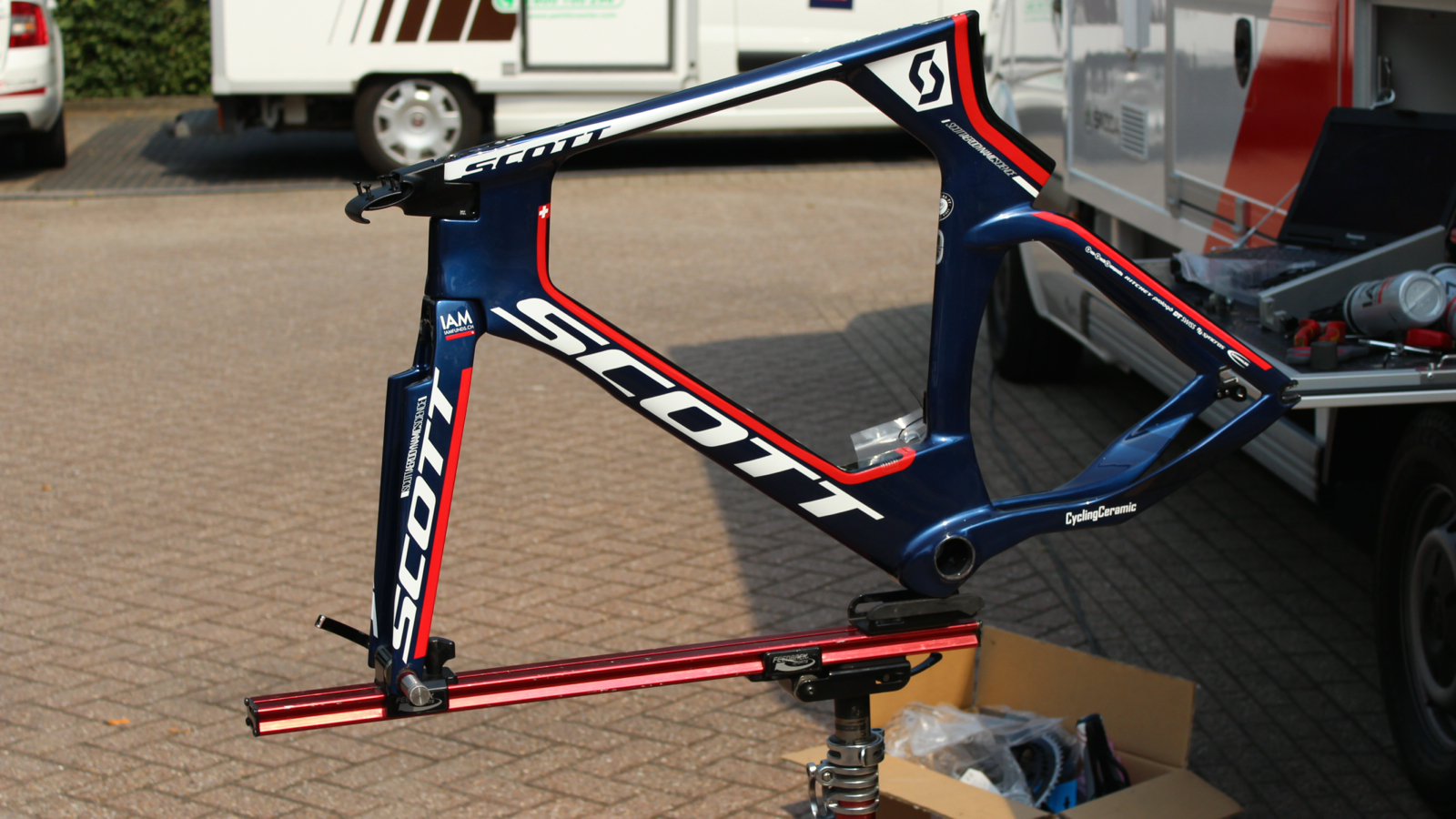
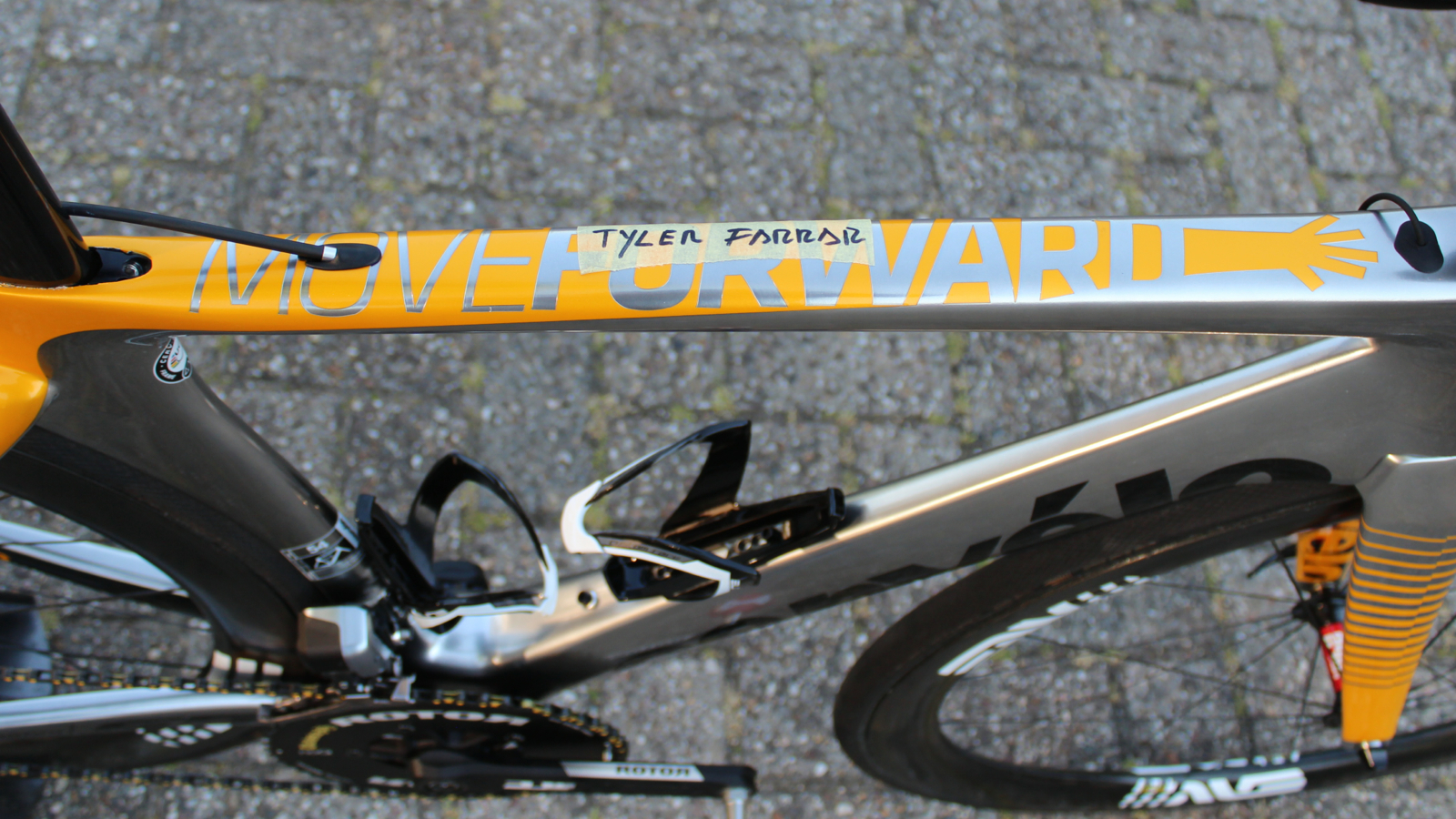
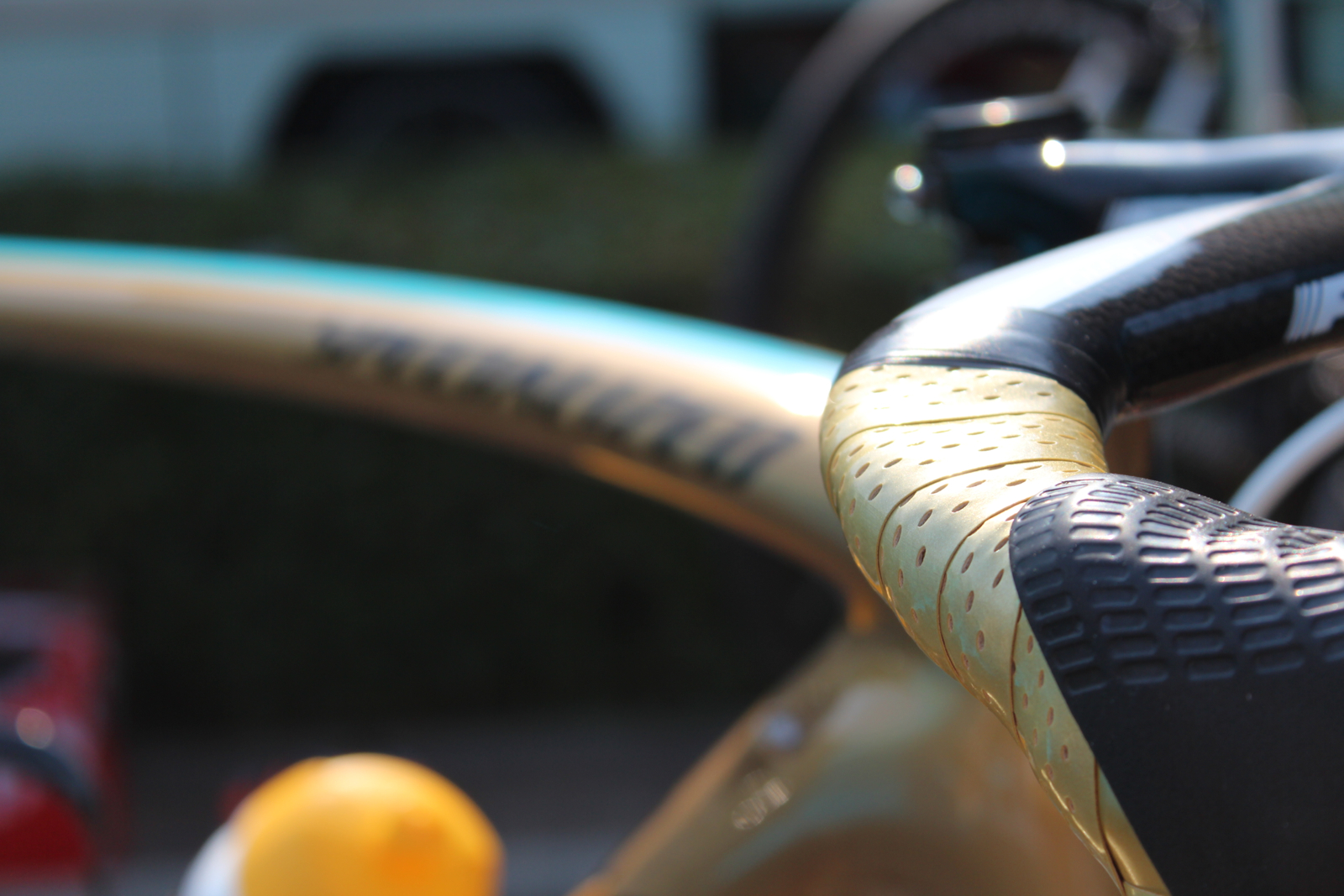
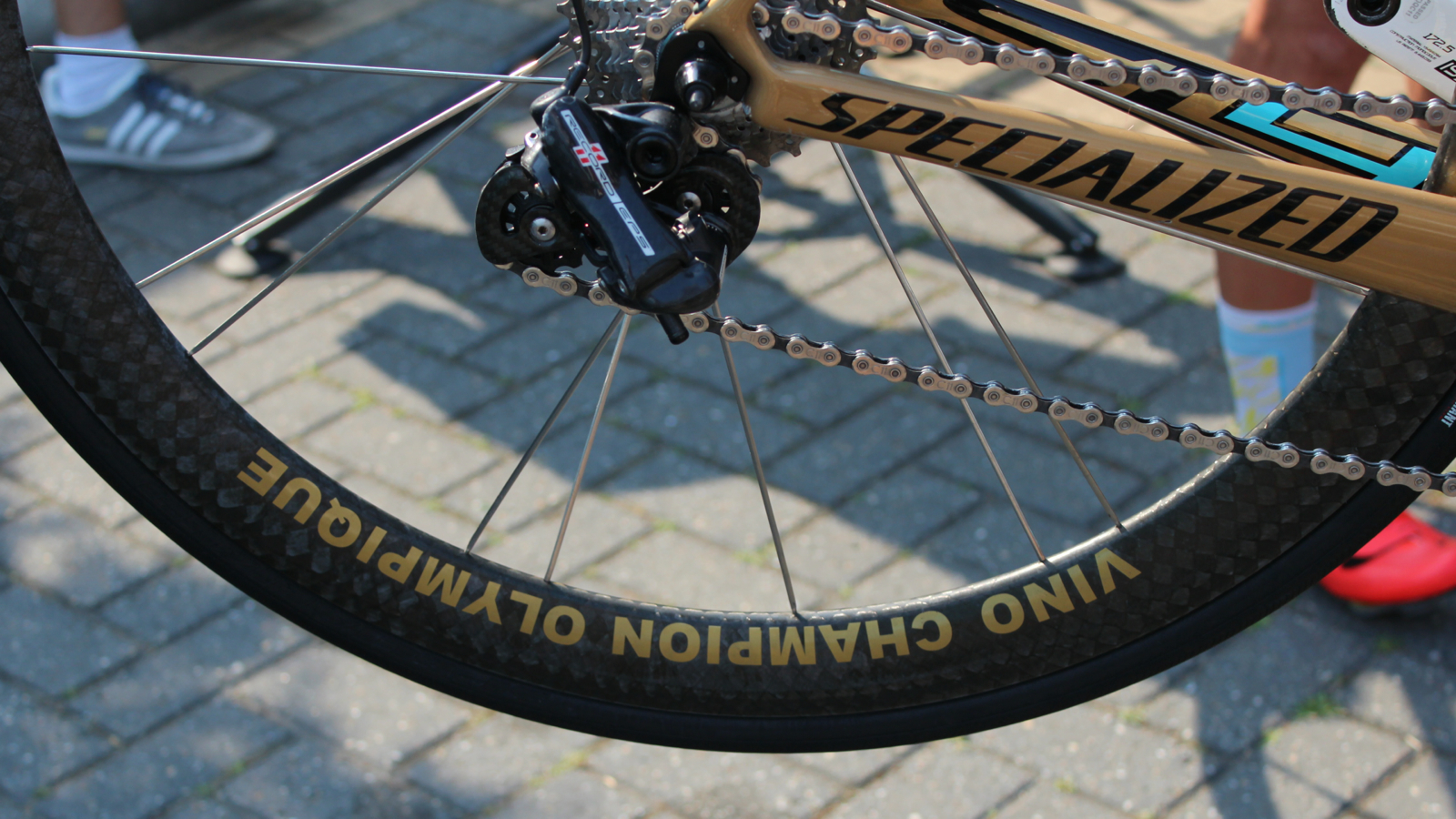

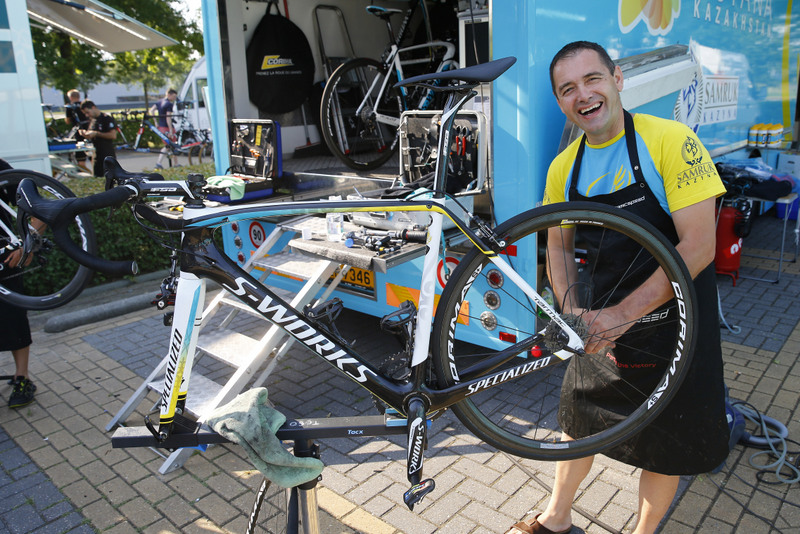
This article originally appeared on Bike Radar.
As a heatwave swept Holland in the days before the start of the 2015 Tour de France, pro mechanics were working feverishly to assemble, reassemble, fine-tune and polish hundreds of bicycles. BikeRadar went around to visit many of the mechanics as they wrenched away — many with aprons over naked torsos in the heat — and captured the gallery above.
With the Tour this year again including a cobbled stage — many riders are calling stage 4 the Paris-Roubaix stage, as it takes in a few sections of pavé from the spring classic — many teams brought endurance bikes as they would for Paris-Roubaix in addition to standard road and aero road bikes. Since the race this year starts with a time trial, those bikes have to be readied as well. And since each rider requires at least one, if not two, back-up bikes for each type of machine, the total number of bikes adds up quickly.
At this point in the season, riders' positions are solidified, and fit coordinates are standardized across all of their bikes. Some mechanics use spreadsheets to keep track of the data; others use detailed handwritten notes.
But while all the fit coordinates are identical from one bike to the next, the componentry isn't always the same. Most often, the B or C bikes for riders will be lacking a power meter, or have a different power meter, while the A bike has the primary set-up.
Some bikes were being built for the very first time by mechanics, such as the Specialized S-Works Venge ViAS and the Look 796 time trial bike.
Some B or C bikes, however, already carry the battle scars of previous racing, with the telltale scuffs on rear derailleurs and nicks out of the paint.
Get The Leadout Newsletter
The latest race content, interviews, features, reviews and expert buying guides, direct to your inbox!
Tire choice and pressure for stage 4 remained a point of discussion for riders and mechanics in the days before the Tour. While there are cobbles, there are only seven sectors with a total distance of 13.3km — nowhere near the amount in the Paris-Roubaix. So riders want their tubulars to be light and fast across the pavement of the 224km stage. However, riders also want to be as comfortable as possible, with as much traction as possible, across those 13.3km of cobbles.
MTN Qhubeka head mechanic Klas Johansson said his riders will likely start with 6bar/87psi with the hope or expectation that the air pressure will decrease to about 5.5bar/80psi over the first few hours of racing before they hit the stones.
Cannondale-Garmin mechanic Alex Banyay said his riders will be running the same set-up they did back in April at Paris-Roubaix.
Click through the gallery above for a closer look at the pro mechanics at work.